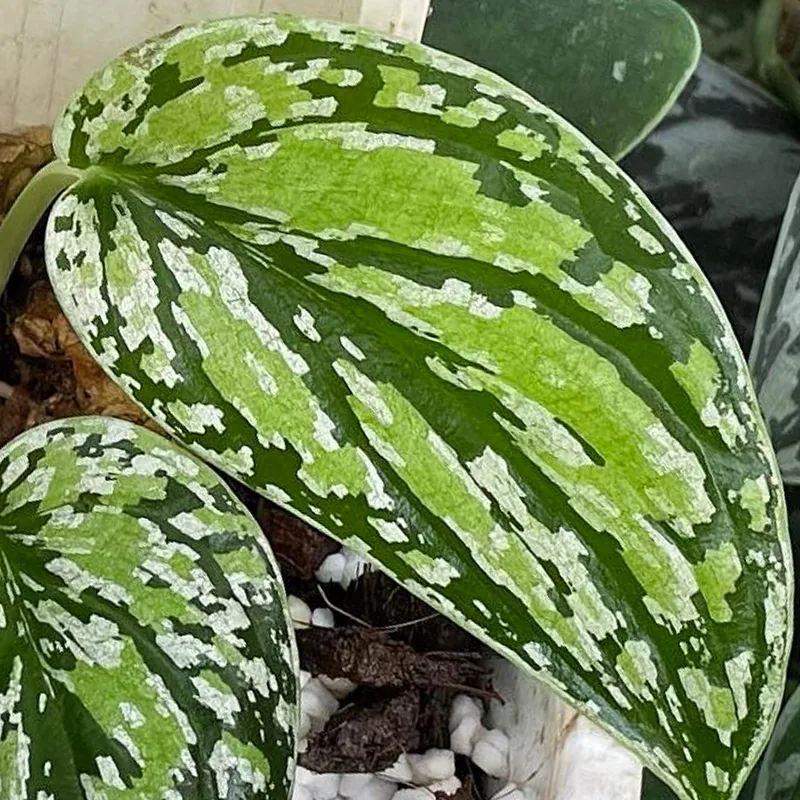
How to care for a Boston fern?
Caring for my Boston fern has been a rewarding challenge. At first, I was a bit intimidated by those lush fronds, but I’ve learned a lot! The key for me is keeping the soil just right – not soggy, but always with a touch of moisture. It really loves the humidity, so I mist the leaves often, especially since my apartment gets pretty dry. A few brown leaves are inevitable, but I find something strangely therapeutic about pruning them and seeing the plant perk back up. It’s taken some experimenting to find the perfect spot where it gets enough indirect sunlight without getting scorched. Overall, the Boston fern brings a bit of wildness into my space, and I love seeing it thrive.
Are Boston ferns toxic to cats?
Luckily, Boston ferns aren’t toxic to cats, so I don’t have to worry too much about my mischievous kitty taking a nibble. That being said, I’ve noticed the fern isn’t exactly her favorite snack. From what I’ve seen, she might bat at the fronds playfully but doesn’t seem interested in actually eating it. Still, cats are unpredictable, and even a non-toxic plant can cause some tummy upset if they eat too much. I try to keep my fern on a high shelf where the cat has less access, but she’ll still occasionally swat at those tempting, dangling fronds!
How often to water Boston fern?
Figuring out the ideal watering schedule for my Boston fern has been a bit of trial and error. These guys are thirsty, so I avoid letting the soil completely dry out. I usually stick my finger in about an inch deep – if it feels dry, it’s time for a drink. I’ve also found that the weight of the pot is a good indicator. When it feels surprisingly light, I know the fern is in need of water. During hotter months, I water it about twice a week, but I always check the soil first. It’s a balancing act, but seeing it flourish makes the extra attention worth it.
Are Boston ferns perennials?
Yes, Boston ferns are perennials, which always makes me feel good about splurging on a nice one! In warmer climates, they can live for years and years, but I’m not quite so lucky. Here, winters are harsh, so my fern won’t survive outside. I still treat it as a perennial, bringing it inside for the winter and hoping it’ll last for several seasons. I’ve heard some people manage to keep them going for ages that way! It gives me a sense of accomplishment to see it bounce back every spring.
Are Boston ferns toxic to dogs?
I was relieved to find out that Boston ferns are considered non-toxic to dogs. My pup is pretty curious, and while she isn’t a big plant-eater, I’ve seen her take an experimental nibble or two of leaves in the past. Thankfully, she’s never reacted badly to my Boston fern. Still, I try to keep it out of reach for the most part because a huge mouthful of any plant could potentially cause her an upset stomach. It’s better to be safe and supervise them around the plants, even the ones considered safe for our furry friends.
Can Boston ferns take full sun?
No, Boston ferns definitely don’t like full sun. I learned this lesson the hard way one summer when I tried putting it on my balcony. Within a few days, those once vibrant green leaves were scorched and brown! Now, I’m much more careful to give it a nice spot with plenty of bright, but indirect light. It seems to be happiest near an east-facing window where it gets gentle morning sun. Boston ferns are a bit delicate that way, but their beauty more than makes up for the need to find the perfect, sun-dappled spot for them.
How to care for Boston ferns outside?
I love keeping my Boston fern outside during the warmer months! It just seems to explode with growth on the porch. The biggest things are finding the perfect shady spot and keeping it well-watered. I’ve got mine hanging under an overhang where it’s fully protected from the harsh afternoon sun. Since it’s in a pot, it tends to dry out faster than it would indoors, so I check it more frequently. Sometimes I have to water it every day in the peak of summer! A little extra misting on the leaves helps keep it happy too, especially on those dry, hot days.
How much Epsom salt for Boston ferns?
I like to give my Boston fern a boost with Epsom salt every now and then. I’ve found a simple ratio of about 1 tablespoon of Epsom salt per gallon of water works well. I don’t do this every single watering, but about once a month or so. It seems to perk up those fronds and give them a deeper green color. I just dissolve the Epsom salt in my watering can and give the fern a good drink, making sure to soak the soil thoroughly. It feels like I’m giving my little jungle friend a special treat!
How to propagate Boston fern?
I’ve had some success propagating my Boston fern through division. It’s honestly so satisfying to create new little plants from the big one! The easiest time to do it is when I’m repotting in the spring. I gently separate the root ball into smaller sections, making sure each clump has plenty of healthy roots and a few leafy fronds. I pot up those sections in fresh soil and give them a good watering. It takes a little patience, but it’s incredibly rewarding to watch those divisions grow into full-fledged, bushy ferns!
How to overwinter Boston ferns?
Overwintering my Boston fern is always a bit of an adventure. Since I live in a colder climate, it can’t stay outside year-round. I usually bring it inside sometime in fall, before the first frost. I give it a good trim, removing any dead or scraggly fronds. Because the air indoors is drier, I try to compensate by misting it regularly and occasionally running a humidifier nearby. I also reduce watering since the fern isn’t actively growing during this period. It might not look as lush as it does during the summer, but I’m always thrilled when those first signs of new growth appear in the spring!
Do deer eat Boston ferns?
While Boston ferns are considered deer-resistant, I wouldn’t bet my plant on it! I’ve heard mixed stories. Some people say deer won’t touch them, while others have had theirs munched on. I think it depends on how hungry the deer are and what other tasty treats they have available. If I lived in an area with a lot of deer, I’d err on the side of caution and keep my Boston fern well out of reach, just in case. Even if they don’t consider it a main course, a curious deer might take a nibble and damage those gorgeous fronds!
How to repot a Boston fern?
Repotting my Boston fern always makes me a little nervous, but it’s a necessary task once those roots start getting crowded. I generally try to do it in spring, right when it’s starting to show new growth. The key is to choose a pot that’s just one size bigger than its current home. I gently loosen the roots and knock off any old soil before placing it carefully in the new pot. Then, I fill it in with fresh potting mix and give it a thorough watering. Sometimes it looks a bit droopy for a few days after the repotting but always bounces back stronger than ever!
If i die, water my plants!



